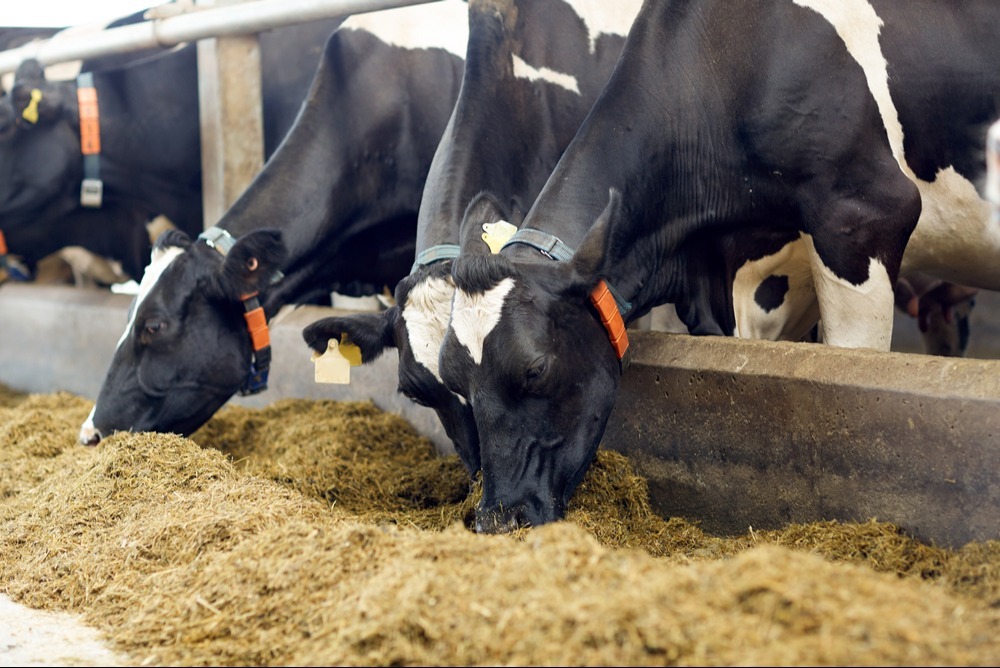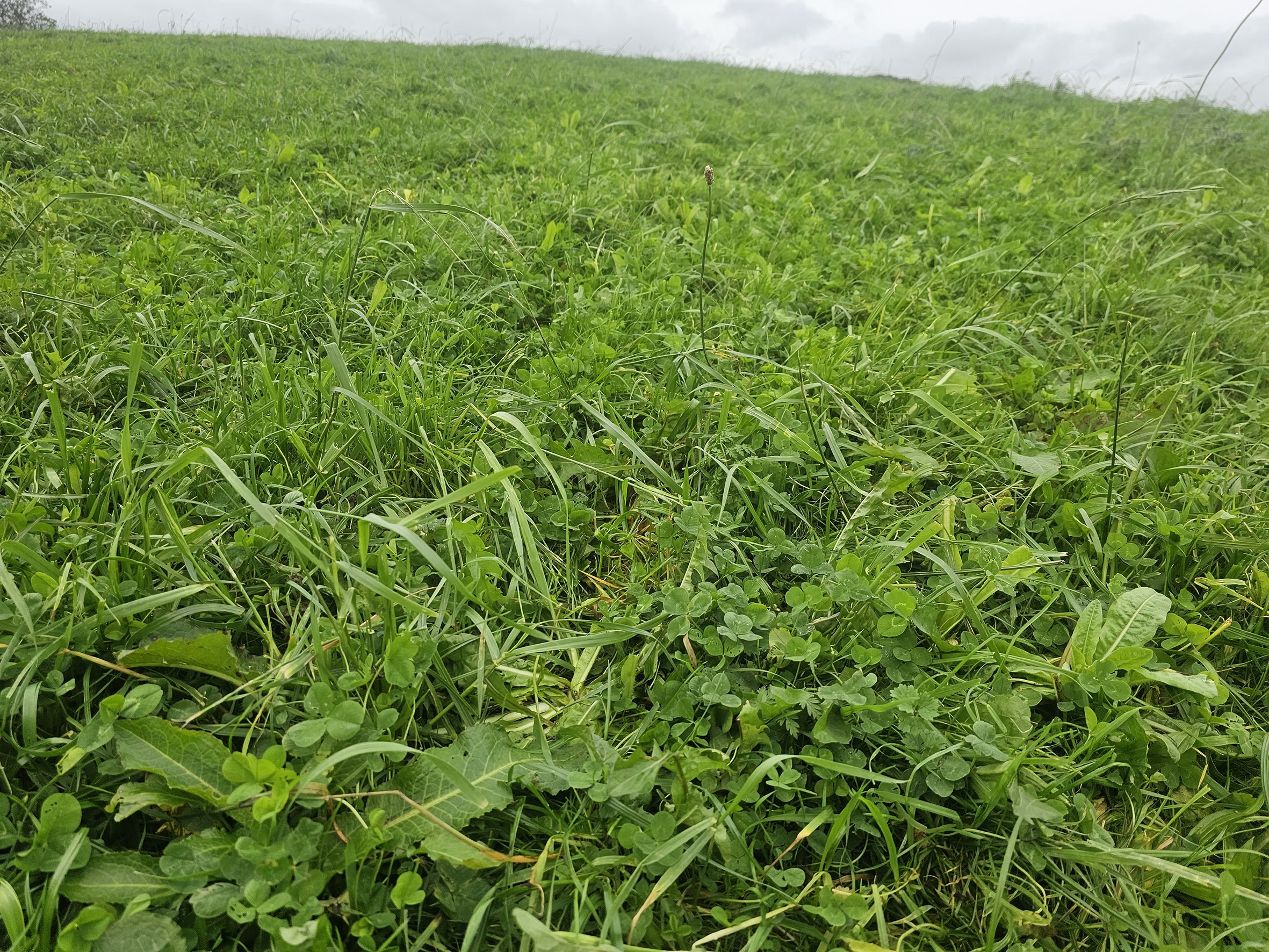A more precise understanding of feed-related emissions is opening new opportunities for UK farmers to cut carbon without compromising productivity, according to experts.
Analysis by data specialists Map of Ag shows that on an average UK dairy farm, bought-in feed accounts for approximately one third of the total farm emissions. Yet despite its significant impact, many carbon calculators and environmental assessments still rely heavily on generic values for ration components, limiting the potential for targeted action.
“To drive meaningful reductions, we need more accurate, farm-specific data that reflects the true environmental impact of what’s actually being fed,” says John Warburton, Sustainability Consultant at data specialists Map of Ag. “Emissions from feed are the second largest contributor after enteric emissions – accounting for an average of 30% of total farm emissions based on our data, based on our data.
“If we use true feed data – tonnages, constituent analysis and sourcing – better decisions can be made at both farm and retailer level to mitigate emissions.”
To address the issue, Map of Ag has been working with over 100 feed companies to facilitate the capture of more accurate feed data. Algorithms have been developed to calculate emissions from individual feed tickets, based on actual ingredients and inclusion rates.
“The variation between feeds is striking,” says James Husband, Senior Livestock Consultant at Map of Ag.
“Some standard 18% protein compounds and blends can carry up to three times the embedded emissions of others. That can make a substantial difference when you’re looking to reduce your feed-related emissions.”
Using generic data has also led some food businesses to introduce blanket bans on ingredients such as soya, especially where provenance can’t be verified. While concerns around deforestation are valid, Mr Husband cautions against generalisations.
“When responsibly sourced, soya can be a very cost-effective and efficient protein source that can even carry environmental advantages over other sources,” he says.
“Soya delivers more protein per hectare than many alternatives, and as a legume, helps fix nitrogen. That’s why accurate, feed-specific data is essential to correctly account for responsibly sourced materials.”
Scope 3 emissions
And as processors and retailers push toward net zero, farmers are coming under increasing scrutiny over Scope 3 emissions – those generated on farm but included in supply chain carbon totals.
“We can now calculate embedded emissions for individual farms thanks to a deeper knowledge of ration components and their emissions,” says Mr Husband.
“This enables us to map feed-related emissions back to the farm with precision. It highlights real, practical opportunities for reduction and gives farmers control over what’s driving their numbers.”
Regulatory pressure
The upcoming EU Deforestation Regulation (EUDR) – due to take effect from 2026 – is adding further urgency. From next year, any beef exported to the EU, including cull cows, must be proven free from links to deforestation.
“Farmers will need to know the origin of their feed ingredients,” says Mr Husband. “This won’t be optional – especially for businesses exporting into Europe.”
Benefits
Aside from reporting, using feed-specific emissions data can also highlight potential opportunities, thus allowing a more targeted approach to emission reductions.
“One potential win, if locally available, is the use of co-products in the diet,” says Mr Husband. “Because most embedded emissions are already allocated to the original industry – like brewing – they typically carry a much lower carbon cost. For farmers in the right areas, they can make both economic and environmental sense.”
Feed manufacturers are also moving to improve transparency. Beth Austermuhle from ForFarmers says the company already calculates emissions data for its full product range.
“While this information isn’t yet listed on feed labels, it is available on request or via data partners such as Map of Ag,” she explains.
“It’s essential that we understand the role feed plays in a farm’s overall carbon footprint. Generic values only give an indication – that’s why we use accurate, product-specific figures.”


